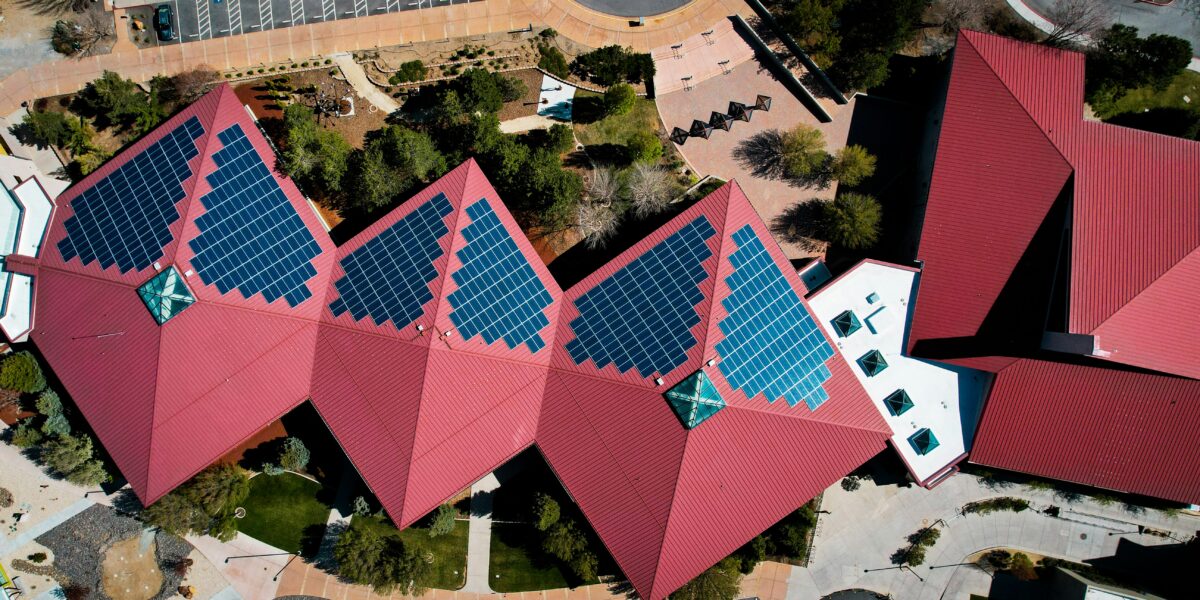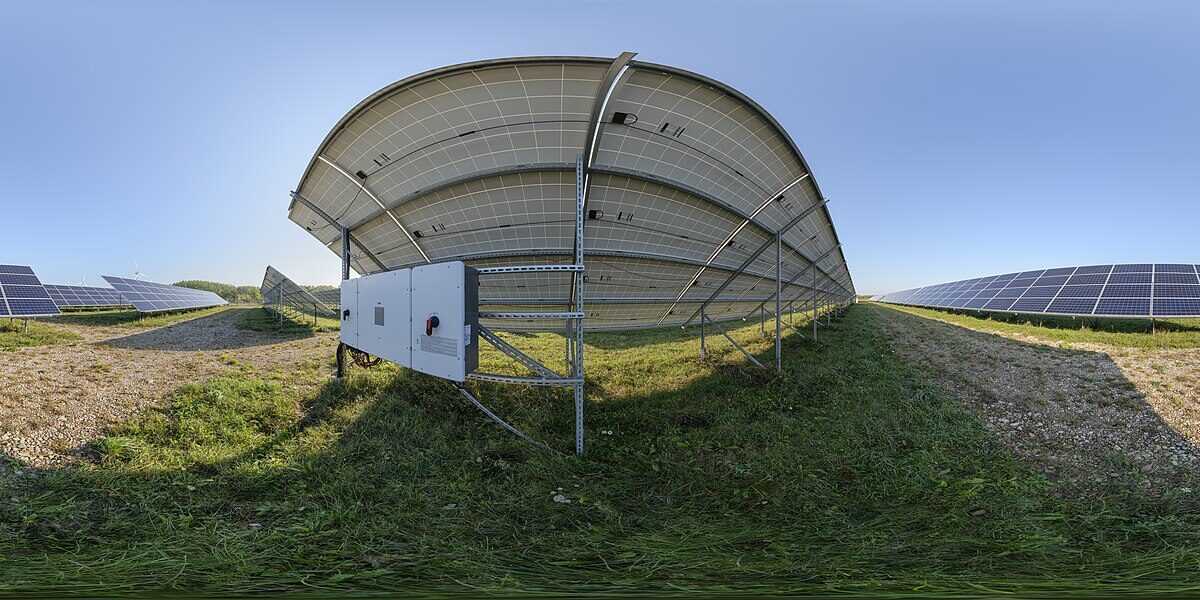A research group led by Spain’s Valencia Polytechnic University has developed a novel single-parameter power forecasting method for residential PV installations.
The proposed approach defines interval prediction data rather than absolute figures, the scientists said, noting that it acknowledges and transparently communicates the natural variability in solar PV power generation.
“Opting for a single-parameter-focused model was a strategic decision aimed at simplifying the forecasting process,” highlighted the research group. “While multi-parameter models might offer more nuanced insights, they often entail increased computational complexity and resource demands. Our streamlined model promises ease of integration and user-friendliness, crucial for residential users and small-scale PV installations.”
The core aspect of the novel method is the selection of similar days in the past regarding direct radiation to forecast the power generation of a given day. A confidence level of 80% and a total of 10 similar days are selected for each prediction. After identifying similar days, the method uses a quantile-based approach to establish the prediction intervals, setting an upper and lower limit. In statistics, quantiles are used to divide the range of a probability distribution into continuous intervals with equal probabilities.
The system was trained and tested using a case study of a residential installation in Spain, which consists of 12,450 W panels and a 5 kW inverter for self-consumption, all of which installed in 2018. Hourly PV generation was recorded during the years 2019, 2020, 2021, and 2022. Hourly meteorological data for the area was obtained from the database Open Meteo.
The forecasting technique was used to predict PV power generation in 2020, based on the algorithm to search for similar days always within a range of two years before the target day. In the same period, it was compared to four classical forecasting methods: linear regression model (Alt1); gradient boosting regressor (Alt2); gradient boosting with lags (Alt3); and long short-term memory (LSTM) network (Alt4).
“The models’ performance was evaluated using Key Performance Indicators (KPIs) like prediction accuracy, prediction interval width, actual confidence level, and mean error. This thorough approach ensured a balanced assessment, emphasizing the strengths and limitations of each method,” said the researchers.
The proposed method achieved a mean absolute error (MAE) of 0.1490 kW, a mean squared error (MSE) of 0.0917 kW2, a root mean squared error (RMSE) of 0.3029 kW, an average width of intervals (AWI) of 0.3365 kW, a coverage probability (CP) of 91.55%, and an overall interval error (OIE) of 0.3789 kW. Alt1 showed an MAE of 0.3374 kW, an MSE of 0.2428 kW2, an RMSE of 0.4928 kW, an AWI of 0.9312 kW, a CP of 78.69%, and an OIE of 0.4117 kW.
Alt2 had an MAE of 0.2558 kW, an MSE of 0.2044 kW2, an RMSE of 0.4521 kW, an AWI of 0.7464 kW, a CP of 80.12%, and an OIE of 0.4031 kW. Alt3 recorded an MAE of 0.1379 kW, an MSE of 0.0768 kW2, an RMSE of 0.2771 kW, an AWI of 0.4890 kW, a CP of 91.72%, and an OIE of 0.2355 kW. Alt4 showed an MAE of 0.1282 kW, an MSE of 0.0684 kW2, an RMSE of 0.2616 kW, an AWI of 0.3522 kW, a CP of 80.72%, and an OIE of 0.2642 kW.
After analyzing the numerical results, the researchers verified how the proposed approach could help PV system owners achieve energy savings. According to their results, the average monthly energy bill decreased from €44.3 ($47.96) to €37.48, as energy imported from the grid decreased by 45.79 kWh, from 278 kWh to 232.21 kWh.
“By simply adjusting the operation schedules of the pool’s filtration system, the washing machine, and the dishwasher to align with peak solar production times, homeowners have been able to harness more solar energy, reducing reliance on the grid and decreasing the overall energy costs,” they concluded. “With advancements in home automation technology, even greater results can be achieved.”
Their findings were presented in “Interval-based solar photovoltaic energy predictions: A single-parameter approach with direct radiation focus,” published on Renewable Energy. The group comprised scientists from Spain’s Valencia Polytechnic University, the University of Valencia, and Ecuador’s Politecnica Salesiana University.
This content is protected by copyright and may not be reused. If you want to cooperate with us and would like to reuse some of our content, please contact: editors@pv-magazine.com.



By submitting this form you agree to pv magazine using your data for the purposes of publishing your comment.
Your personal data will only be disclosed or otherwise transmitted to third parties for the purposes of spam filtering or if this is necessary for technical maintenance of the website. Any other transfer to third parties will not take place unless this is justified on the basis of applicable data protection regulations or if pv magazine is legally obliged to do so.
You may revoke this consent at any time with effect for the future, in which case your personal data will be deleted immediately. Otherwise, your data will be deleted if pv magazine has processed your request or the purpose of data storage is fulfilled.
Further information on data privacy can be found in our Data Protection Policy.